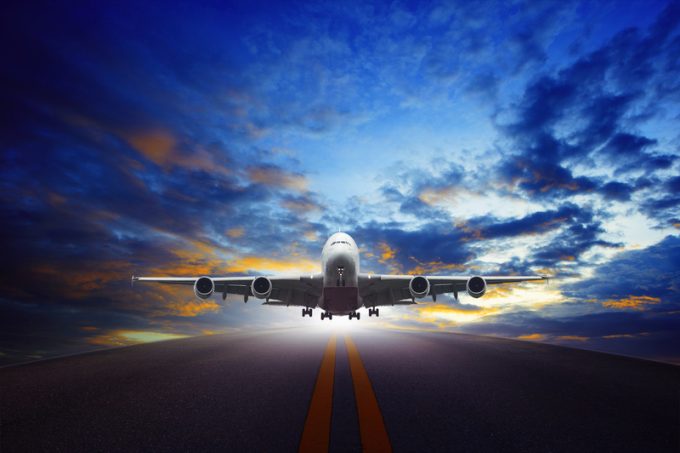Avianca Cargo Mexico the latest in a wave of new airfreight partnerships
In a period where freighters are searching the world for volumes, and the air cargo ...

2019 is not going to go down in history as a year anyone in air freight will particularly want to remember.
It started with some optimism – IATA forecasting 3.7% growth; although after a flat November 2018, it did acknowledge that “downside risks are mounting”.
The optimism didn’t ...

Comment on this article